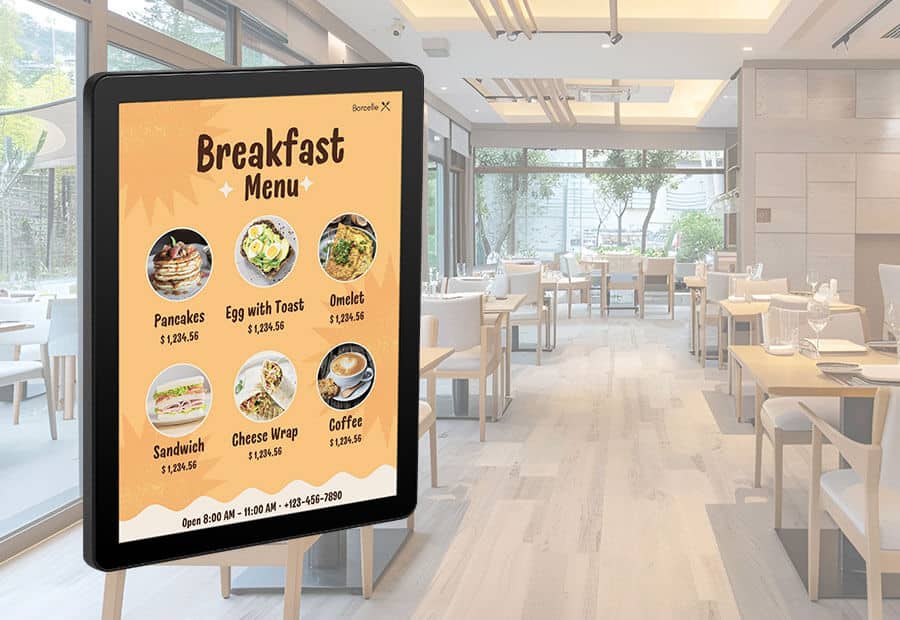What is an Electronic Paper Display and How Does It Work?
What is an Electronic Paper Display and How Does It Work?
Blog Article
Display engineering is now an integrated section of our day-to-day lives, appearing in everything from smartphones and e-readers to large-scale promotion panels. One of the diverse array of E-ink screen display, OLED (Organic Light-Emitting Diodes), and LED (Light-Emitting Diodes) have appeared as some of the very commonly mentioned options. While each kind provides its own distinctive purpose, their variations in features, efficiency, and use instances make sure they are suited to specific applications. Let's take a deeper go through the important features of the display technologies.
Electronic Paper displays (ePaper)
Electronic Paper displays, also referred to as ePaper or Electronic Ink displays, are designed to simulate the appearance and readability of traditional Ink on paper. That engineering utilizes little microcapsules containing priced black and white particles halted in an obvious fluid. When an electric subject is applied, the contaminants move to either side of the capsule, producing a visible image. The image remains static till yet another electric field is applied, rendering it perfect for showing text-based content such as for example books, newspapers, and e-readers.

Among the principal advantages of ePaper displays is their reduced power consumption. Unlike old-fashioned LCD
Understanding Electronic Paper displays
An electronic Paper display (ePaper) mimics the appearance of Ink on paper. Unlike standard monitors, ePaper depends on their capability to reflect ambient gentle rather than emitting its own. That engineering not merely minimizes eye stress but additionally offers unmatched readability in sunlight, making it perfect for e-readers and digital signage solutions.
One standout feature of ePaper displays is their very minimal energy consumption. Since they just use energy when adjusting content, ePaper monitors are very efficient and suitable for battery-powered devices. Nevertheless, their renew charges are slower compared to OLED and LED displays, limiting their applicability to fixed or minimally vibrant content.
OLED displays
OLED displays are known for their stunning visible quality, giving vibrant colors, heavy greens, and excellent contrast. Each pixel in a OLED display produces its gentle, reducing the need for a backlight. This not only makes for thinner, more light patterns but also benefits in better energy effectiveness in comparison to LED in certain scenarios.
One important benefit of OLED displays is their flexibility. They may be made in bent or collapsible styles, creating them common in cutting-edge smartphones and wearable devices. However, OLED screens come with difficulties, such as for instance susceptibility to burn-in and smaller lifespans in comparison to different technologies.
LED displays
LED displays, the most typical of the three, count on a backlit program to gentle their pixels. Without as creatively impressive as OLED E ink signage, LEDs are extremely durable, long-lasting, and cost-effective. These qualities make sure they are ideal for a larger range of programs, including TVs, computer screens, and outside advertising.
LED displays generally conduct effectively with regards to brightness, making them a good choice for conditions with large normal light. Nevertheless, they are unsuccessful in achieving exactly the same serious contrast and color reliability as OLED technology.

Ultimate Contrast
When determining between ePaper, OLED, and LED displays, the choice depends largely on the intended purpose. For static content like studying or signage, ePaper excels with its reduced power application and high exposure in normal light. OLED shines in programs wherever vibrant colors and freedom are paramount. Meanwhile, LED remains a dependable and cost-efficient answer for many different general-purpose needs.
Each display technology delivers something special to the dining table, ensuring that there is an ideal choice for every situation. Understanding these differences might help users and corporations make knowledgeable decisions that match their certain display requirements. Report this page